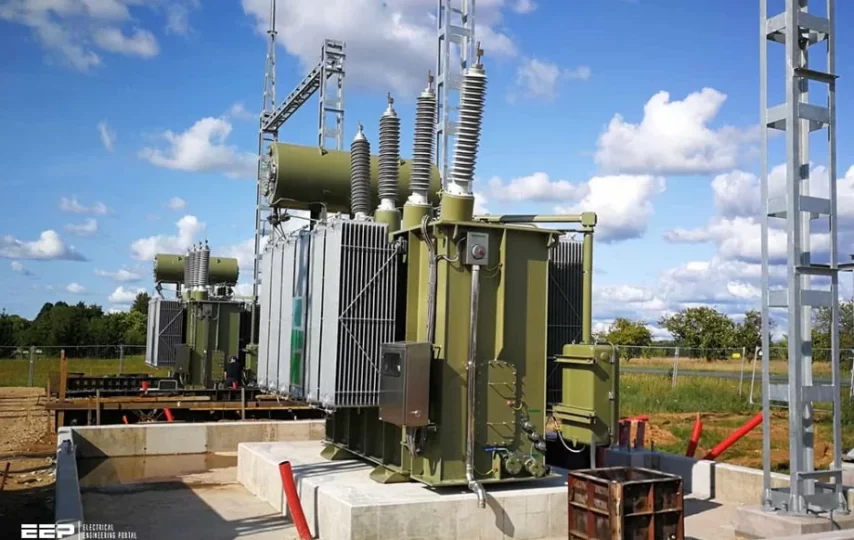Introduction
When your home or office needs more power, you turn to the substation transformer. But what are the different types of substations transformers, and which one is right for your needs? In this guide, we’ll explain the different types of substation transformers and help you choose the perfect one for your home or office.
What are Substation Transformers?
Substation Transformers are essential for the reliable operation of your power grid. They convert the alternating current (AC) from your utility company into a more stable and consistent voltage to power your home or business. There are a few things to consider when selecting a transformer for your home or business. The wattage of the transformer, the frequency of the AC supply, and the type of wiring in your building all play a role in determining which transformer is right for you.
The wattage of a transformer is important because it determines how much power it can handle. For example, a 500-watt transformer can easily handle the needs of a small home or office, while an 8,000-watt transformer can handle the needs of a larger building. The frequency of the AC supply is also important because it affects how well the transformer will work with certain types of wiring. For example, an AC supply with 60Hz will work better with electrical appliances that use 60Hz electricity, like televisions and fans.
The type of wiring in your building also impacts which transformer is best for you. Older buildings may have older wiring systems that use different voltages than newer buildings do. For example, older buildings may have outlets that use 120VAC, while newer buildings may have outlets that use 230VAC. If you’re not sure which voltage your building uses, ask your utility company or call an electrician to check it out for you.
Types of Substation Transformers
There are many types of substation transformers on the market, so it can be hard to decide which one is right for your application. Here are some of the most common types:
1. Delta-T Transformers: Delta-T Transformers are used to reduce voltage swings and improve power quality. They’re typically used in high-voltage applications, such as power plants and large industrial facilities.
2. HVAC Substation Transformers: HVAC Substation Transformers are designed to protect equipment in an HVAC system from overcurrent and overloads. They’re also often used in commercial buildings and warehouses to protect systems from surges caused by lighting or appliances failing.
3. Rectifier/Inverter Transformers: A Rectifier/Inverter transformer converts AC power into DC power, which is then used by electrical equipment. This type of transformer is commonly found in homes and businesses, where it’s used to convert alternating current (AC) into direct current (DC).
4. Switching Transformer: A Switching Transformer is a special type of transformer that’s used to turn AC into DC electricity. This type of transformer is commonly found in computer systems and telecommunications hubs, where it’s responsible for converting electric signals into digital form.
Finding the Right One
When it comes to choosing the right transformer for your home or business, there are a few things to consider.
The wattage of the transformer – The larger the wattage of the transformer, the more power it can handle. Make sure you have enough power available to meet your needs.
The type of wiring – Some transformers are designed for specific types of wiring. For example, some transformers are designed for use with indoor wiring, while others are designed for outdoor wiring.
The price – Like anything else, prices will vary depending on the particular transformer you’re looking at. However, generally speaking, pricier transformers will offer better quality and performance.
Safety Precautions
When selecting a transformer, it is important to take into account the voltage and amperage ratings that your equipment requires. Transformers with higher voltage ratings are typically larger and heavier, while those with lower ratings may be less expensive. Additionally, be sure to verify the transformer’s cooling fan capacity; if your equipment requires a high-wattage transformer with a low current draw, make sure the fan can handle the power load.
Always use caution when working with transformers. Stay away from open flames and sparks while energizing or connecting them. And always disconnect transformers when finished working with them.
Conclusion
Hopefully, this guide has helped you to choose the right substation transformer for your needs. When choosing a transformer, it is important to take into account the voltage and frequency of the wiring being used, as well as the wattage of the transformer. By following these tips, you should be able to select a transformer that will meet your needs without any problems.













